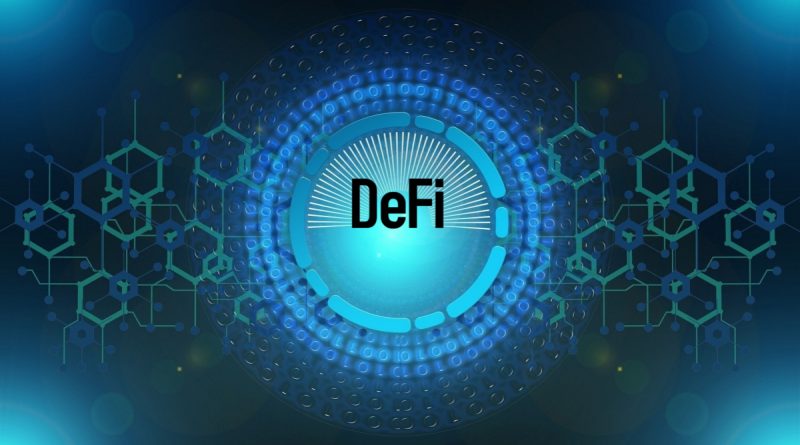What is DeFi 2.0?
Synopsis
“DeFi or Decentralized Finance has been in the mainstream media for a long time now as it has the potential of turning the tables on the centralized and traditional financial system that prevails worldwide. DeFi is the vision that can transform the complete financial system as we know it. With the advancement in the DeFi ecosystem, the problem of liquidity became evident and hence, to overcome the liquidity problem, DeFi 2.0 tends to be the solution.”
DeFi and the Liquidity Problem
The concept of DeFi was born in the year 2018 in order to decentralize the financial system as we know it. Introduction of decentralized finance will mean that there would not be any requirement of a central authority that would govern the financial system; rather it will be governed in a decentralized manner by the DeFi ecosystem. But, in 3 years of DeFi development, the problem of sustainable liquidity has always been there and it creates huge risks for the ecosystem.
In the current DeFi Ecosystem, the liquidity in the ecosystem is maintained by incentivizing the liquidity providers. The incentives are often large and thus not sustainable. If the ecosystem withdraws the incentives, the users will sell their stake and withdraw the liquidity, if the incentive program is kept running, there is a risk of increasing the selling pressure and creating an unstable ecosystem. Thus, liquidity at present is highly derived by the actions of the users.
The Solution: DeFi 2.0
The DeFi 2.0 is the emerging term in the DeFi ecosystem that is being referred to as the set of protocols that are building upon the initial advancements made in the current Defi landscape. With the implementation of these protocols, the DeFi system is becoming more user friendly, secure and accessible.
One solution to the liquidity problem and reliance on the liquidity mining was provided by OlympusDAO that was created in March 2021. It introduced the concept of “Protocol Owned Liquidity” which provides a stable liquidity for the projects. Instead of renting liquidity through yield farming initiatives that expand supply, OlympusDAO uses bonds to exchange LP tokens from third parties for the protocol’s native token at a discount. Through issuing of bonds, the protocol can buy their own liquidity thus reducing the risks of liquidity exits. This helps in building a liquidity pool for the long term that also generates revenue for the protocol. This mechanism has been extremely successful for OlympusDAO as 99% of the liquidity is owned by the protocol itself, thus making a sustainable ecosystem.
There are other projects such as Tokemak, Alchemix, Abracadabra that have developed some other protocol mechanism to solve the liquidity problem of the DeFi ecosystem and are in the process of becoming DeFi 2.0 ecosystems that will give a boost to the DeFi ecosystem in competing with the traditional, decentralized financial system.
Disclaimer: The article is meant for the educational purpose only and in no way it should be considered as financial advice. Own research on the topic is advisable.
Photo by nxtgenvirtue

